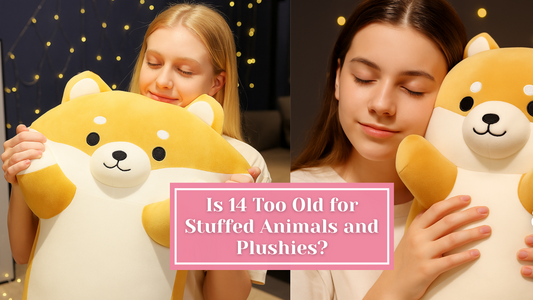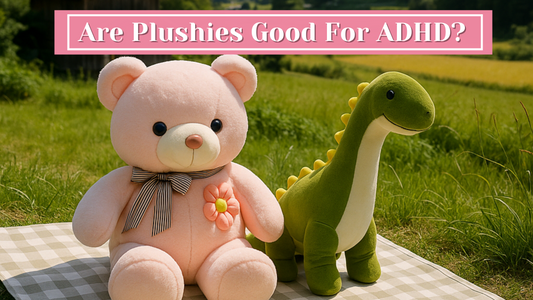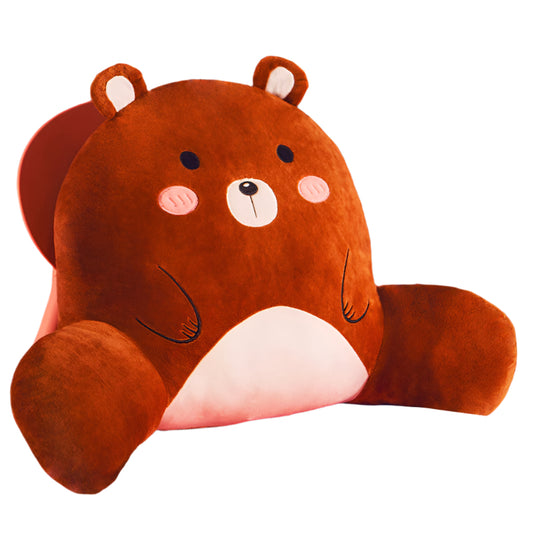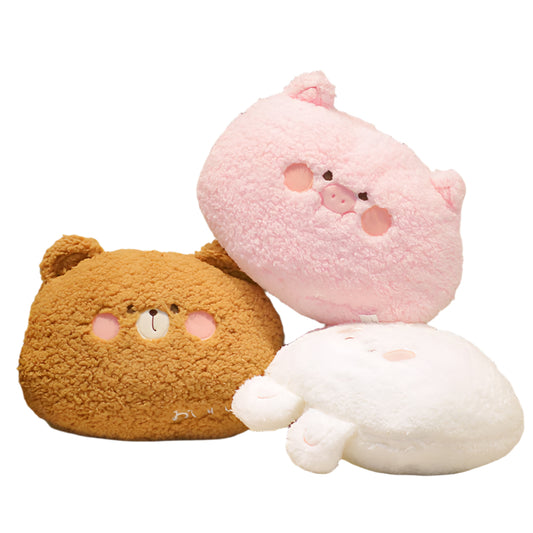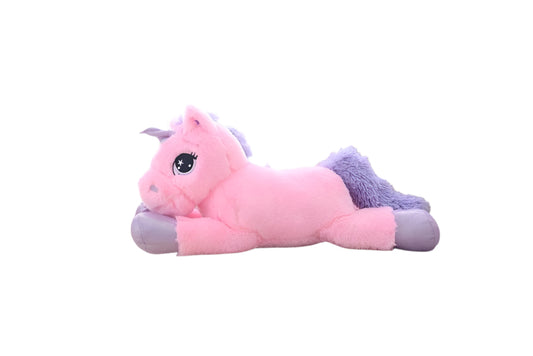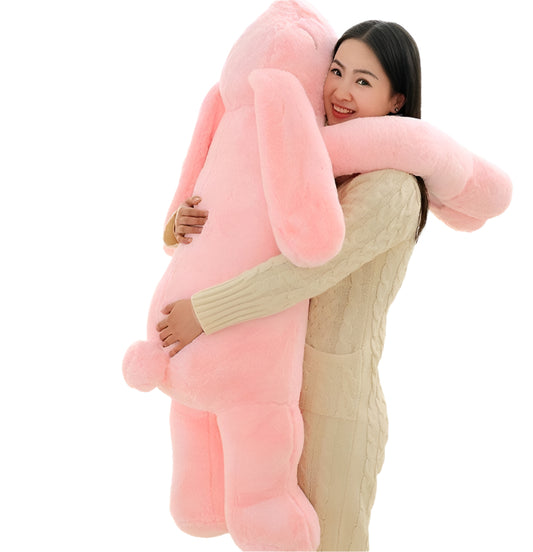Introduction: The Mask of Cuteness
To outsiders, Japan’s kawaii culture might look like an innocent love affair with the cute and colorful—think plush toys, pastel fashion, and wide-eyed characters like Hello Kitty. But this sugary aesthetic masks a deeper, often overlooked truth.
Behind the bubblegum visuals lies a rich, layered form of resistance. From schoolgirls altering their uniforms to entire subcultures rejecting adulthood, kawaii is far more than a passing trend. It’s a quiet but powerful rebellion.
1. The Origin Story: Where Kawaii Really Began
The Rise of Cuteness in the 1970s
The term kawaii (可愛い) means “cute,” but its modern connotations started in the 1970s. This era saw an explosion of soft, lovable characters—like Sanrio’s Hello Kitty (1974)—which quickly became part of Japanese consumer culture.
But this wasn’t just marketing. It was a youth-driven movement.
The Handwriting Revolution
The earliest signs of kawaii rebellion came through something surprisingly simple: handwriting.
Japanese schoolgirls began to stylize their writing into bubble-like, overly adorable forms, filled with hearts, stars, and rounded characters. It was nearly illegible—and that was the point.
Many schools banned it, even expelling students. But the girls didn’t stop. Their “cute” penmanship wasn’t just for fun. It was resistance.
2. Kawaii as Silent Protest Against Societal Pressure
School Uniforms and Rebellion
Japanese schools are known for their strict dress codes. Uniforms (seifuku) symbolize order and conformity. But students found ways to bend the rules: oversized sweaters, loose socks, colorful pins, and personalized accessories turned uniformity into individuality.
This modification of the uniform is a subtle act of rebellion—saying “I see your rules, and I’ll make them mine.”
Infantilization as Protest
In Japan, adulthood is often synonymous with responsibility, seriousness, and emotional restraint. Kawaii—through its obsession with childhood—refuses to conform.
By embracing innocence, whimsy, and play, young people resist the expectation to “act like adults.” It’s not immaturity—it’s a declaration: I will not lose myself to your mold.
This rebellion is especially poignant for women, who are often expected to be demure, mature, and subdued. Kawaii flips the script.
3. The Power of Media: How Manga and Harajuku Amplified the Movement
The Shōjo Revolution
Shōjo manga (manga aimed at young girls) became a cultural engine for kawaii. With stories centered on friendship, magic, and personal growth—often told through expressive, wide-eyed characters—it redefined what femininity and cuteness could be.
Instead of being passive or submissive, kawaii characters were powerful in their vulnerability, empathy, and dreams.
These stories gave girls more than just escapism—they gave them identity.
Harajuku: Where Kawaii Walks the Streets
The streets of Harajuku, Tokyo, became a runway of rebellion.
Youth dressed in layers of tulle, bows, knee-high socks, and clashing patterns—all deliberately theatrical and hyper-feminine. It was never just about fashion. It was a protest against bland adult life and rigid gender roles.
Every oversized bow and pink stuffed backpack was a quiet scream: I choose joy on my own terms.
4. Kawaii as Empowerment: More Than Just Looks
“Kawaii” as a Weapon of the Weak
In sociology, kawaii has been described as a “weapon of the weak.” Those who felt voiceless—especially young women—used cuteness to reclaim control.
From choosing plush toys as emotional comfort to curating entire rooms in soft hues, kawaii became an assertion of space and softness in a society that often values stoicism.
Even today, kawaii commodities challenge hierarchies by turning passivity (plush toys, childlike fashion) into power symbols.
Genderless Kawaii: Breaking All Norms
By the mid-2010s, kawaii had evolved again—this time, intersecting with genderless fashion.
Young Japanese men began embracing kawaii aesthetics, wearing skirts, makeup, and pastel clothing to express fluidity and rebellion against toxic masculinity. In this subculture, everyone could be soft. Everyone could be free.
5. Kawaii Goes Global: A Worldwide Movement
The Hello Kitty Takeover
What started as a subcultural movement in Japan became a global phenomenon. Hello Kitty merchandise, anime conventions, plush toys, and pastel-themed cafes are now international staples.
But few recognize the radical roots behind those wide-eyed mascots.
Kawaii as Cultural Diplomacy
In fact, the Japanese government has leaned into kawaii as part of its "Cool Japan" strategy—using cultural exports like Hello Kitty and anime to boost tourism and promote a global image of soft power.
Cuteness became policy.
6. So... Is Kawaii Just Cute? Or Is It Revolution?
Kawaii is a spectrum: part escapism, part rebellion, and part self-love.
It creates safe spaces for those who feel alienated by societal expectations—spaces where softness is strength, and cuteness can carry weight.
Also read:
- Best Bunny Plushies for Your Girlfriend
- How Plushies Help with Stress Relief
- Top Easter Bunny Plushies You’ll Love
Conclusion
Japan’s kawaii culture is more than glitter and bows. It’s a rebellion dressed in pink, a protest wrapped in plush. For decades, it’s been the language of the unheard—quiet, consistent, and impossibly cute.
So next time you see a kawaii plushie or pastel fashion, remember: behind every sparkle is strength.
Introduction: The Mask of Cuteness
To outsiders, Japan’s kawaii culture might look like an innocent love affair with the cute and colorful—think plush toys, pastel fashion, and wide-eyed characters like Hello Kitty. But this sugary aesthetic masks a deeper, often overlooked truth.
Behind the bubblegum visuals lies a rich, layered form of resistance. From schoolgirls altering their uniforms to entire subcultures rejecting adulthood, kawaii is far more than a passing trend. It’s a quiet but powerful rebellion.
1. The Origin Story: Where Kawaii Really Began
The Rise of Cuteness in the 1970s
The term kawaii (可愛い) means “cute,” but its modern connotations started in the 1970s. This era saw an explosion of soft, lovable characters—like Sanrio’s Hello Kitty (1974)—which quickly became part of Japanese consumer culture.
But this wasn’t just marketing. It was a youth-driven movement.
The Handwriting Revolution
The earliest signs of kawaii rebellion came through something surprisingly simple: handwriting.
Japanese schoolgirls began to stylize their writing into bubble-like, overly adorable forms, filled with hearts, stars, and rounded characters. It was nearly illegible—and that was the point.
Many schools banned it, even expelling students. But the girls didn’t stop. Their “cute” penmanship wasn’t just for fun. It was resistance.
2. Kawaii as Silent Protest Against Societal Pressure
School Uniforms and Rebellion
Japanese schools are known for their strict dress codes. Uniforms (seifuku) symbolize order and conformity. But students found ways to bend the rules: oversized sweaters, loose socks, colorful pins, and personalized accessories turned uniformity into individuality.
This modification of the uniform is a subtle act of rebellion—saying “I see your rules, and I’ll make them mine.”
Infantilization as Protest
In Japan, adulthood is often synonymous with responsibility, seriousness, and emotional restraint. Kawaii—through its obsession with childhood—refuses to conform.
By embracing innocence, whimsy, and play, young people resist the expectation to “act like adults.” It’s not immaturity—it’s a declaration: I will not lose myself to your mold.
This rebellion is especially poignant for women, who are often expected to be demure, mature, and subdued. Kawaii flips the script.
3. The Power of Media: How Manga and Harajuku Amplified the Movement
The Shōjo Revolution
Shōjo manga (manga aimed at young girls) became a cultural engine for kawaii. With stories centered on friendship, magic, and personal growth—often told through expressive, wide-eyed characters—it redefined what femininity and cuteness could be.
Instead of being passive or submissive, kawaii characters were powerful in their vulnerability, empathy, and dreams.
These stories gave girls more than just escapism—they gave them identity.
Harajuku: Where Kawaii Walks the Streets
The streets of Harajuku, Tokyo, became a runway of rebellion.
Youth dressed in layers of tulle, bows, knee-high socks, and clashing patterns—all deliberately theatrical and hyper-feminine. It was never just about fashion. It was a protest against bland adult life and rigid gender roles.
Every oversized bow and pink stuffed backpack was a quiet scream: I choose joy on my own terms.
4. Kawaii as Empowerment: More Than Just Looks
“Kawaii” as a Weapon of the Weak
In sociology, kawaii has been described as a “weapon of the weak.” Those who felt voiceless—especially young women—used cuteness to reclaim control.
From choosing plush toys as emotional comfort to curating entire rooms in soft hues, kawaii became an assertion of space and softness in a society that often values stoicism.
Even today, kawaii commodities challenge hierarchies by turning passivity (plush toys, childlike fashion) into power symbols.
Genderless Kawaii: Breaking All Norms
By the mid-2010s, kawaii had evolved again—this time, intersecting with genderless fashion.
Young Japanese men began embracing kawaii aesthetics, wearing skirts, makeup, and pastel clothing to express fluidity and rebellion against toxic masculinity. In this subculture, everyone could be soft. Everyone could be free.
5. Kawaii Goes Global: A Worldwide Movement
The Hello Kitty Takeover
What started as a subcultural movement in Japan became a global phenomenon. Hello Kitty merchandise, anime conventions, plush toys, and pastel-themed cafes are now international staples.
But few recognize the radical roots behind those wide-eyed mascots.
Kawaii as Cultural Diplomacy
In fact, the Japanese government has leaned into kawaii as part of its "Cool Japan" strategy—using cultural exports like Hello Kitty and anime to boost tourism and promote a global image of soft power.
Cuteness became policy.
6. So... Is Kawaii Just Cute? Or Is It Revolution?
Kawaii is a spectrum: part escapism, part rebellion, and part self-love.
It creates safe spaces for those who feel alienated by societal expectations—spaces where softness is strength, and cuteness can carry weight.
Also read:
- Best Bunny Plushies for Your Girlfriend
- How Plushies Help with Stress Relief
- Top Easter Bunny Plushies You’ll Love
Conclusion
Japan’s kawaii culture is more than glitter and bows. It’s a rebellion dressed in pink, a protest wrapped in plush. For decades, it’s been the language of the unheard—quiet, consistent, and impossibly cute.
So next time you see a kawaii plushie or pastel fashion, remember: behind every sparkle is strength.
Sources
1. Cuties in Japan by Sharon Kinsella
A seminal academic chapter exploring kawaii’s origins in 1970s youth culture, handwriting revolts, and its deployment as a “weapon of the weak.” Perfect for understanding how kawaii began as subtle rebellion.
2. Pink Globalization: Hello Kitty’s Trek Across the Pacific by Christine R. Yano
A landmark monograph tracing Hello Kitty from domestic icon to global soft‑power asset—an essential read on kawaii’s role in transnational consumer flows and national branding.
3. Pop‑Culture Diplomacy in Japan: Soft Power, Nation Branding and the Question of ‘International Cultural Exchange’ by Koichi Iwabuchi
This peer‑reviewed article unpacks how Japan has used pop culture (including kawaii) for diplomatic ends, critiquing both its ambitions and limitations.
4. “Japan’s Gross National Cool” by Douglas McGray (Foreign Policy, May/June 2002)
The foundational essay that coined the term “Gross National Cool,” arguing Japan’s global cultural influence—anime, fashion, kawaii—became its primary soft power in the post‑bubble era.
5. Cool Japan Strategy (Cabinet Office, Government of Japan)
The official government policy document detailing Japan’s strategic export of “cute‑cool” culture—understand how kawaii fits into national branding and economic diplomacy.


